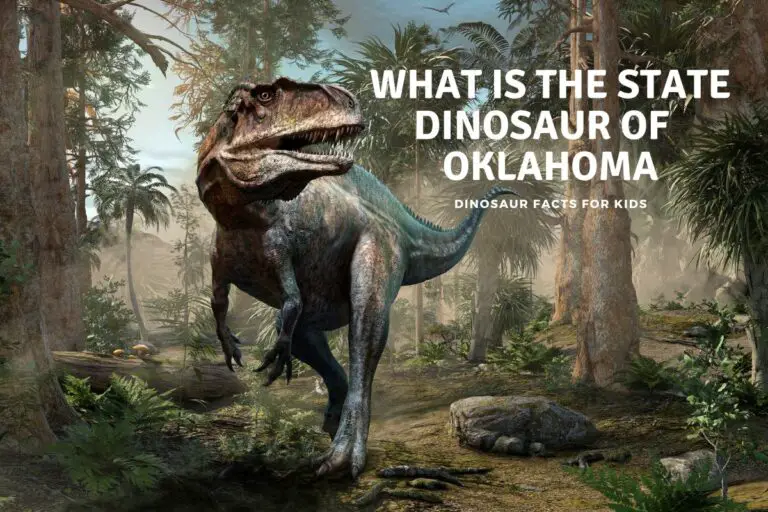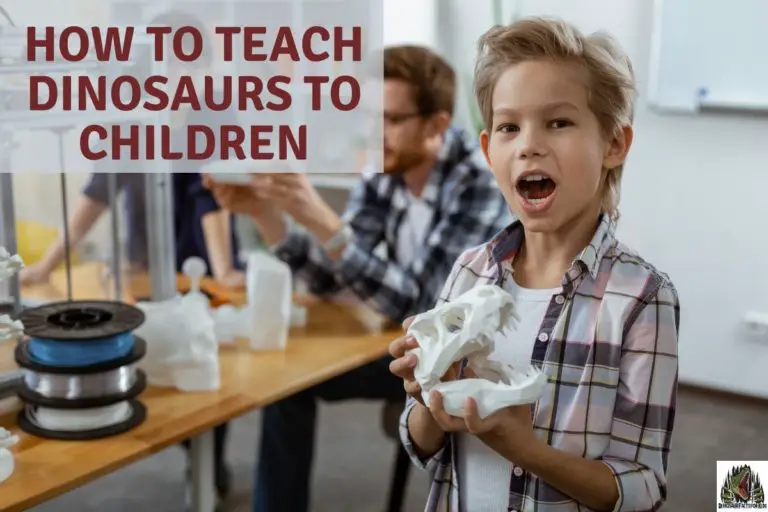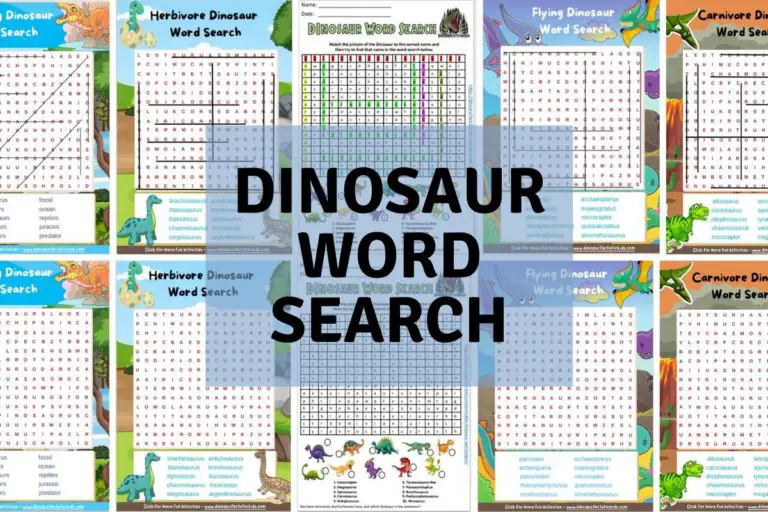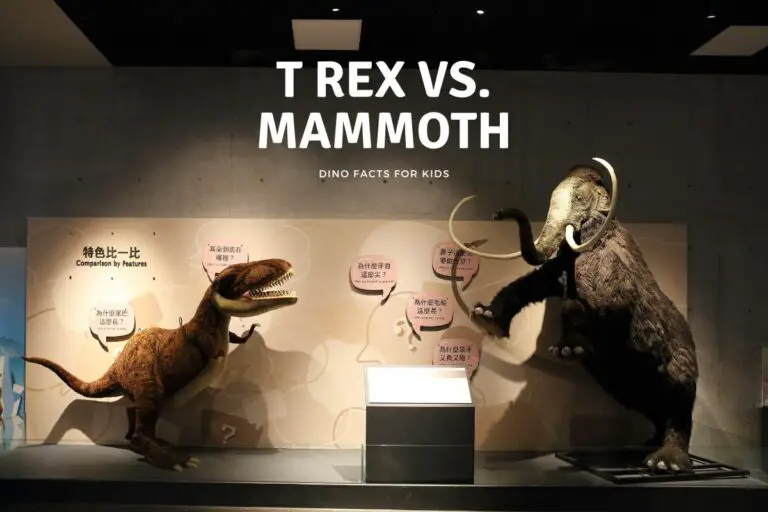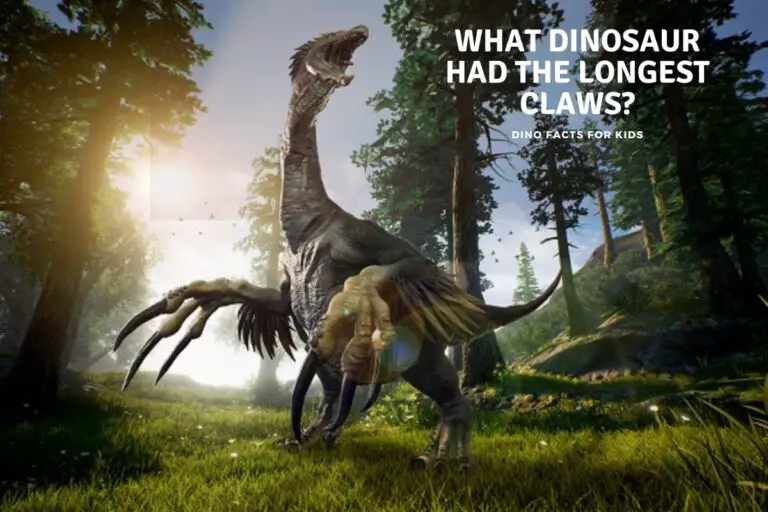What Dinosaur Had Zero Teeth?
The way the earth looked eons ago has been a fascinating topic that has been fiercely debated since the discovery of dinosaurs. As many dinosaur fossils are found year after year, the characteristics of many dinosaurs are being unearthed with them. In the last few years, discoveries have prompted the question, what dinosaur had zero teeth?
Recent discoveries have found a new dinosaur species in Brazil that was the size of a big dog and had no teeth. It had a beak that looked similar to a bird and was named Berthasaura Leopoldinae. Other toothless dinosaurs include the Ornithomimus, the Gallimimus, and the Limusaurus inextricabilis, found in China.
A few dinosaurs we knew were born without teeth, had beaks just as birds do, and were largely herbivores. Recent discoveries have suggested that there are more toothless species of dinosaurs than we thought. Some were born with teeth but lost them as they grew into adults. This post aims to dive deeper into the world of toothless dinosaurs.
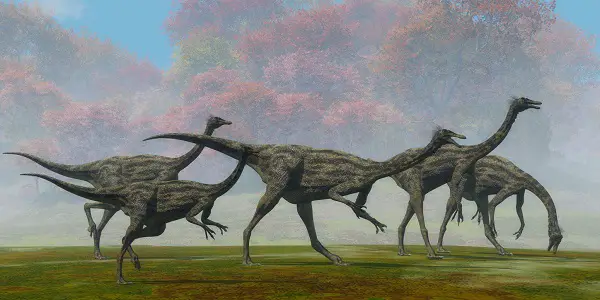
What Dinosaur Had Zero Teeth?
Many TV shows and movies tend to give us the idea that dinosaurs were huge ferocious animals that would kill you in one bite should they ever be revived or cloned. While this is true in many cases, a few dinosaur species can’t devour you even if they try because they have zero teeth.
Many of these dinosaurs have beaks like birds and are thought to be the ancient ancestor of the birds we have on earth today. As dinosaurs are reptiles, we expect most of them to have teeth. Reptiles typically replace teeth with new ones if the old ones break or get damaged.
Some discoveries have found a few species of dinosaurs that have no teeth, and they were found in different countries around the world, with the latest toothless dinosaur being found in Brazil. Here are four toothless dinosaurs:
The Ornithomimus
The Ornithomimus was a theropod dinosaur whose fossils have been found in Mongolia, Europe, and North America. Dating the North American fossils have determined the Ornithomimus lived around 66 million years ago during the Cretaceous Period. These dinosaurs had no teeth but a beak-like mouth, which meant it was probably a herbivore (plant-eater).
These dinosaurs resembled ostriches, were around 11.5 feet long, and had a small heads. Its beak was also small, and it had three fingers that were around the same size. These fascinating dinosaurs were also related to larger and smaller forms of ostrich-like dinosaurs, such as the smaller Pelecanimimus, the larger Garudimimus, and the giant Deinocheirus.
The Gallimimus
The Gallimimus, also part of the Ornithomimids group, had very strong and long legs. These legs made scientists believe they were the fastest sprinters out of all the dinosaurs and could outrun a racehorse at around 50mph. That is impressive for a dinosaur that weighed around 1000lb and was three times taller than an adult human.
The Gallimimus was covered in feathers (but no wings), its head was small, and it had brains the size of golf balls. Their beaks were long and had shortish forearms with three fingers resembling the T-rex’s forearms. They had long and thick tails that helped keep them balanced. They were herbivores, and their name Gallimimus means “chicken mimic.”
The Limusaurus Inextricabilis
The Limusaurus Inextricabilis was a dinosaur that lived in the late Jurrasic period, around 161 to 157 million years ago. Little was known about this dinosaur until recently, when a research team found a group of Limusaurus fossils that likely got stuck in the mud and died.
The discovery was made in the Xinjiang Province of China, and they studied 19 Limusaurus skeletons ranging in age from baby to fully grown adults. During their research, they found that where the adult Limasuaruses had no teeth, the babies had teeth. It led the scientists to believe that the food source of the Limasaurus changed as they grew from babies to adults.
The consensus was that babies with small sharp teeth were omnivores that used their teeth to eat vegetation and meat. As they grew older, they would go onto a full herbivore diet and thus lose all their teeth as they didn’t need them to eat vegetation.
The Berthasaura Leopoldinae
In 2021 a fossil discovery was made in Brazil that would later be identified as the first non-avian toothless theropod species found in Brazil. Its beak was rounded, short, and had a premaxilla with a cutting occlusal edge and a slightly downturned rostral tip.
It was unprecedented as other non-avian theropods were largely believed to be carnivores, but the Berthasaura Leopoldinae had strong indicators of herbivores or omnivores. This newly discovered dinosaur is said to have lived in the Early Cretaceous epoch. That is around 100 to 125 million years ago and had an estimated body length of 3.3 feet, about the size of a large dog.
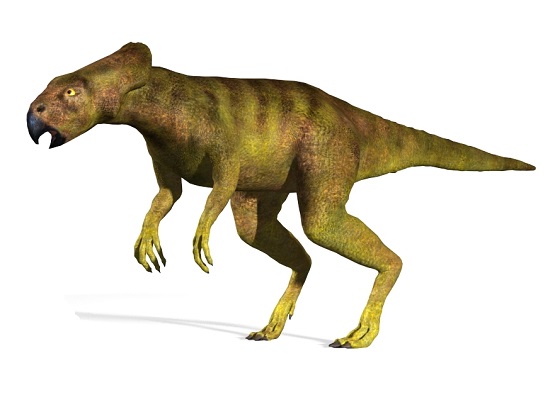
Why Did These Dinosaurs Have No Teeth?
According to leading experts, dinosaurs that have no teeth are thought to have been herbivores. Most smaller herbivores didn’t require teeth as they only ate vegetation. So they had beaks or bills like birds and ducks.
The need for teeth is largely associated with needing to bite into and chew meat. So many scientists believe that some toothless dinosaurs were the ancestors of modern-day birds.
Did These Dinosaurs Use To Have Teeth?
Some of the dinosaurs we have looked at in this post, like the Limusaurus Inextricabilis, were born with a full set of small but sharp teeth and had different dietary requirements than their older counterparts. They would lose their teeth as they grew from babies to adults. This discovery was made when they studied the 19 Limusaurus fossils found in China.
They found various skeletal remains of these dinosaurs that show their full lifecycle from babies to adults, and they lost their teeth in early adolescence. That meant their dietary requirements changed from omnivores to herbivores.
Conclusion
We usually assume that all dinosaurs were big, terrifying creatures with huge teeth, but as it turns out, many dinosaurs have zero teeth. Experts believe that they were herbivores and had no need for teeth, and other dinosaurs were omnivores, so they ate a bit of everything.
Some of them are born with teeth that they lose as they grow into adults, and others are born without teeth altogether, and they have beaks to help them eat vegetation. These toothless dinosaurs ranged in size from small to gigantic, but they were not the scary monsters many movies portray them to be.
References
- https://www.sciencedaily.com/releases/2016/12/161222131647.htm#:~:text=FULL%20STORY-,Researchers%20have%20discovered%20that%20a%20species%20of%20dinosaur%2C%20Limusaurus%20inextricabilis,have%20beaks%20but%20no%20teeth.
- https://www.wionews.com/science/dog-sized-dinosaur-with-no-teeth-has-been-found-in-brazil-430744
- https://www.theverge.com/2016/12/25/14073522/dinosaurs-teeth-tooth-toothless-age-limusaurus-beak
Hi, I am Roy Ford a General Studies and English Teacher who has taught all over the world. What started as a fossil collection became a great way to teach, motivate and inspire students of all ages and all over the world about dinosaurs and from that and children’s love of dinosaurs came the site dinosaur facts for kids, a resource for all ages.

